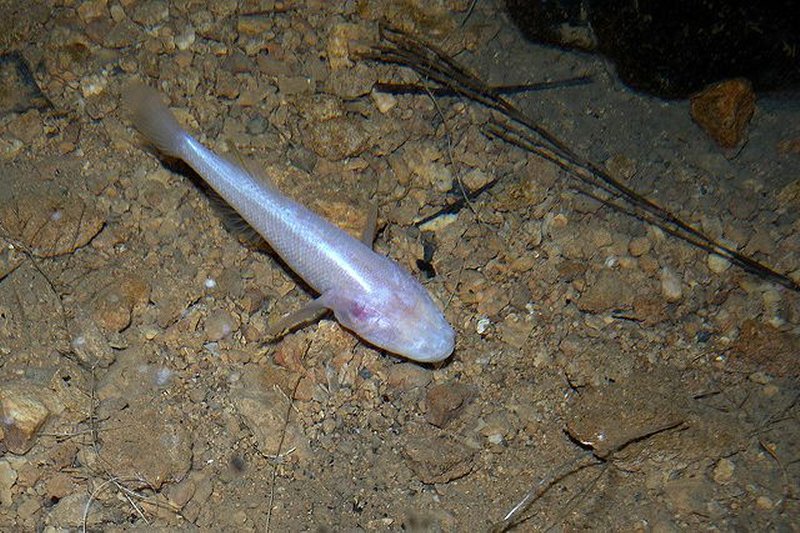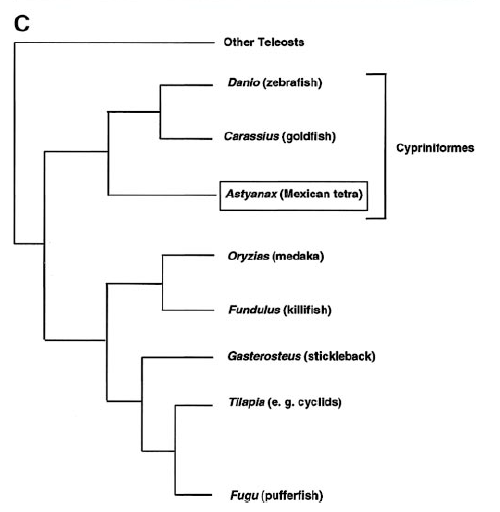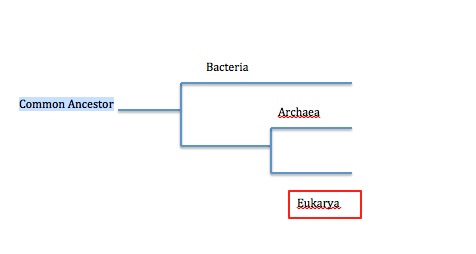
Classification
Scientific Name: Astyanax mexicanus
Astyanax-high king or overload
mexicanus- means mexican
Common Name: Mexican Tetra
Mexican- where this species originated from
Tetra- Means square-finned
Domain: Eukarya
The Astyanax mexicanus is part of the Eukarya domain because their cells have a greater degree of organization and complexity than prokaryotes. Their cells include such complex features such as cytoskeleton and a mitochondria (Encyclopedia of life 2013).
Kingdom: Animalia
The Animalia kindom is unique because they obtain energy from other organisms which sets them apart from the other kingdoms. Their cells also lack a rigid cell wall which is unique to this kingdom as well (Encyclopedia of life 2013).
Phylum: Chordata
All of the organisms in the Chordata phylum have a notochord. The Astyanax mexicanus has a notochord as well as a viceral clefts and arches that other members of the Chordata phylum have (Encyclopedia of life 2013). To see another organism in this phylum click here.
Class: Actinopterygii
The Actinopeterygii represent all ray-finned fishes. This class is the most successfull of all fishes and make up half of all vertebraes. The Astyanax mexicanus has a ray-fin as seen in the picture above (Encyclopedia of life 2013)! For more information on other organisms in the class click here!
Order: Characiformes
What makes the Astyanax mexicanus apart of the order, Characiformes, is that they have a weberian apparatus and also a series of bony parts connecting the innear ear and the swim bladder. The members in this order are also refered to as Characins (Encyclopedia of life 2013).
Family: Characidae
The Characidae family is the fourth most-diverse fish family. They are freshwater fish that reside in streams rivers and underwater caves which describes the Astyanax mexicanus perfectly (see more information here). The members in this family also have an adipose fin (Encyclopedia of life 2013).
Genus: Astyanax
All of the Astyanax genus members have decreasing dentary teeth and variably expanded pre-maxillary teeth like the Asytanax mexicanus (see reproduction and evolution). They also have hooks near their anus, pelvic and pectoral area, and theri claudal fins (Encyclopedia of life 2013).
Species: Astyanax mexicanus
The characteristics that set this species apart are that they live in a sandy-rock bottom pools, and, the main feature, is their loss of pigmentation and eyes in the cave dwelling lineage which seperates the Astyanax mexicanus from is previously known species name, Asytanax fasciatus (Encyclopedia of life 2013).

Figure 1. This is the phylogenetic relationship of teleosts. It shows that the Astyanax genus is a common teleost used for developmental biology. It is considered a Cyprinioformes along with the zebrafish and the goldfish (Jeffery 2001).

Figure 2. This tree represents that the Astyanax mexicanus as a apart of the Eukarya domain because they have a nucleous and produce DNA.